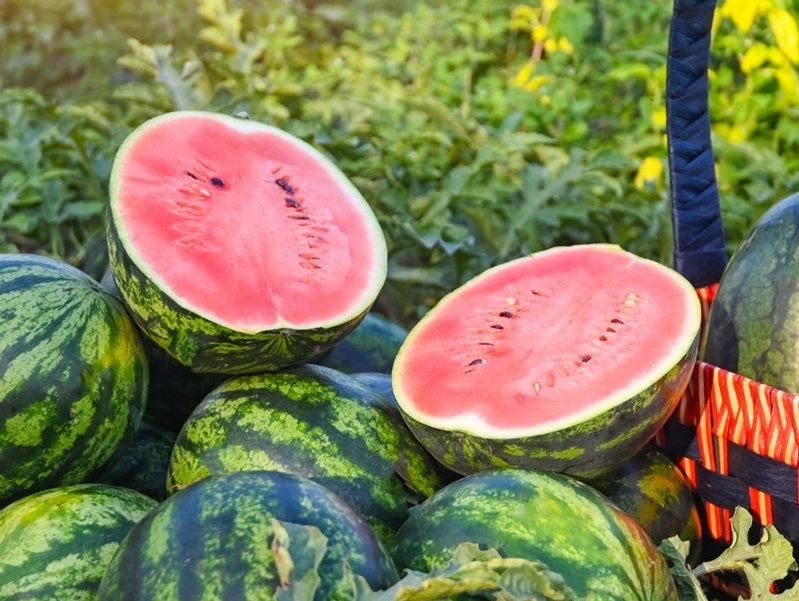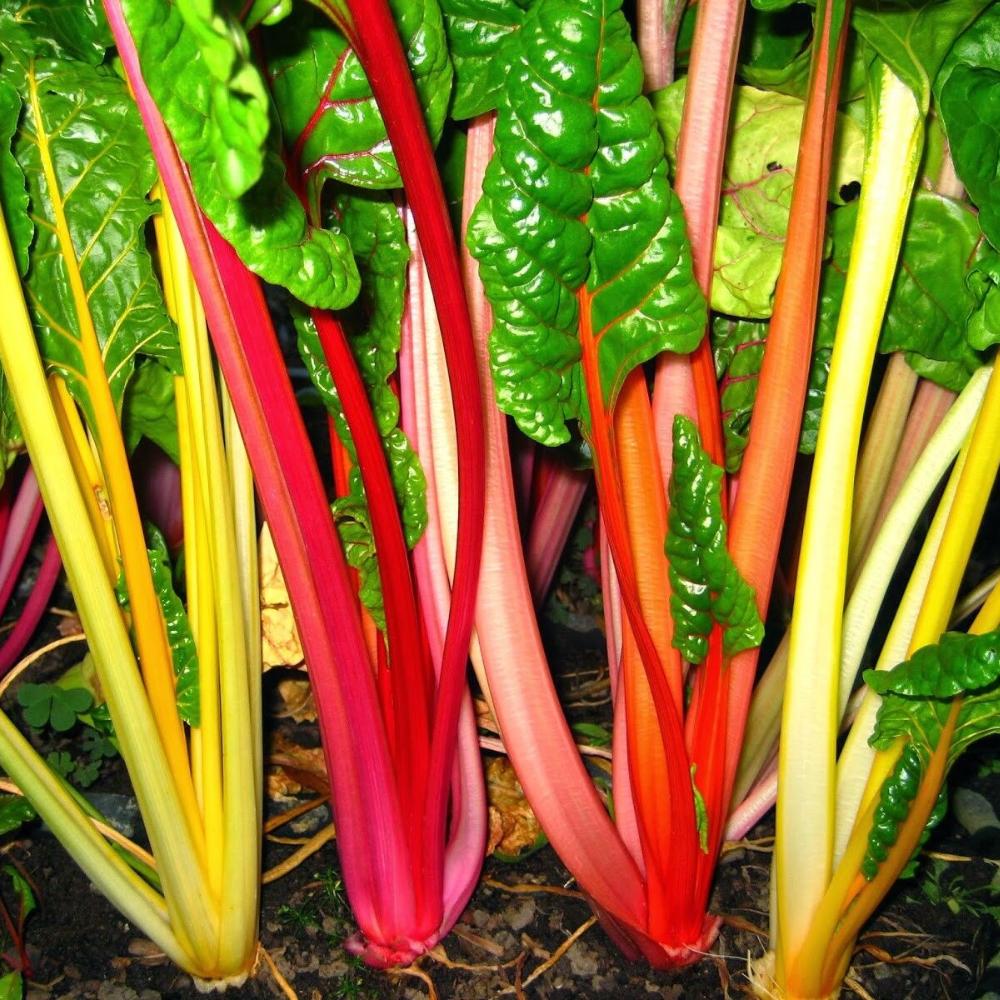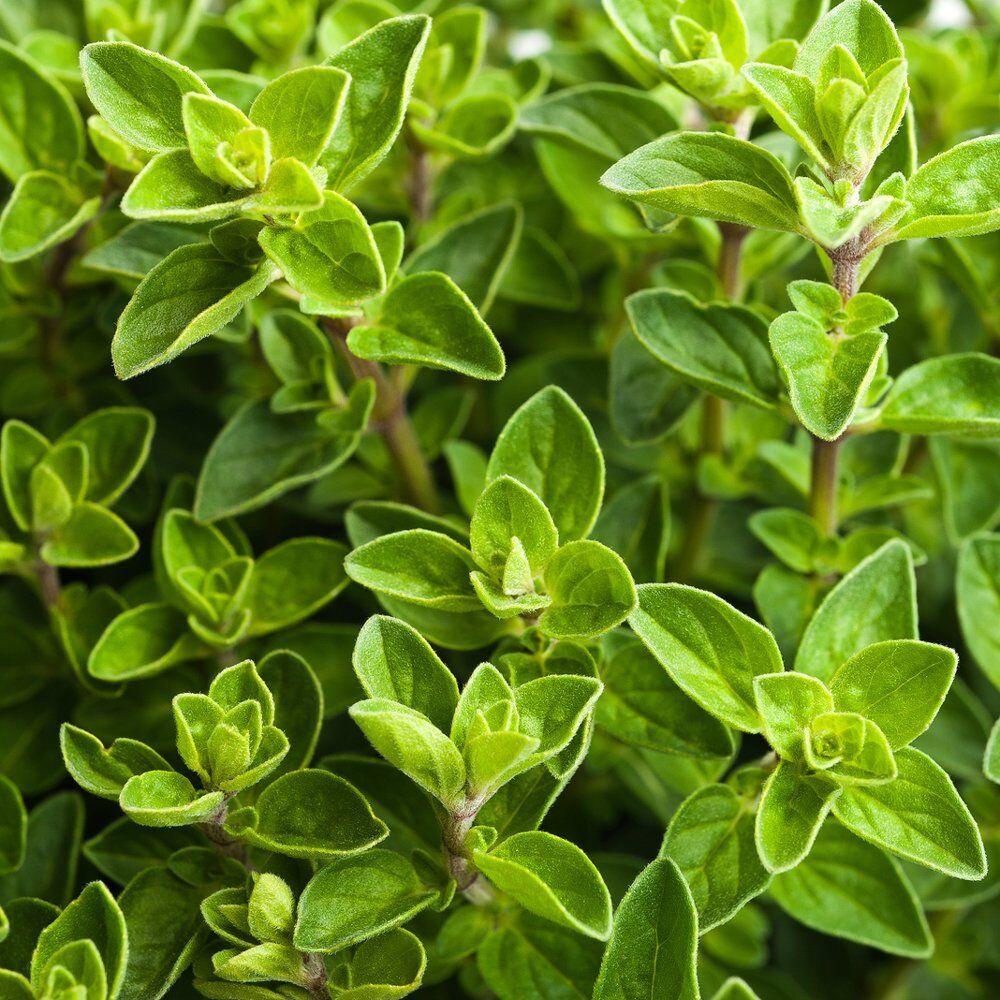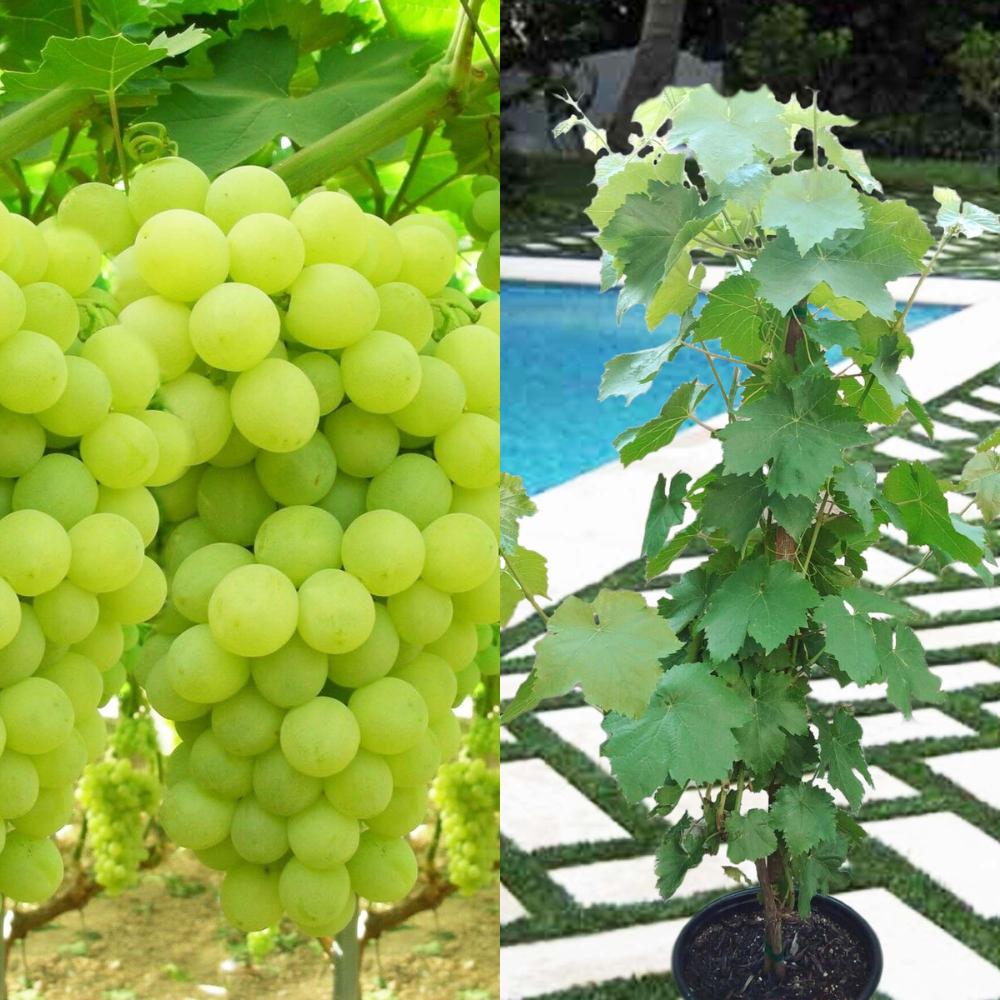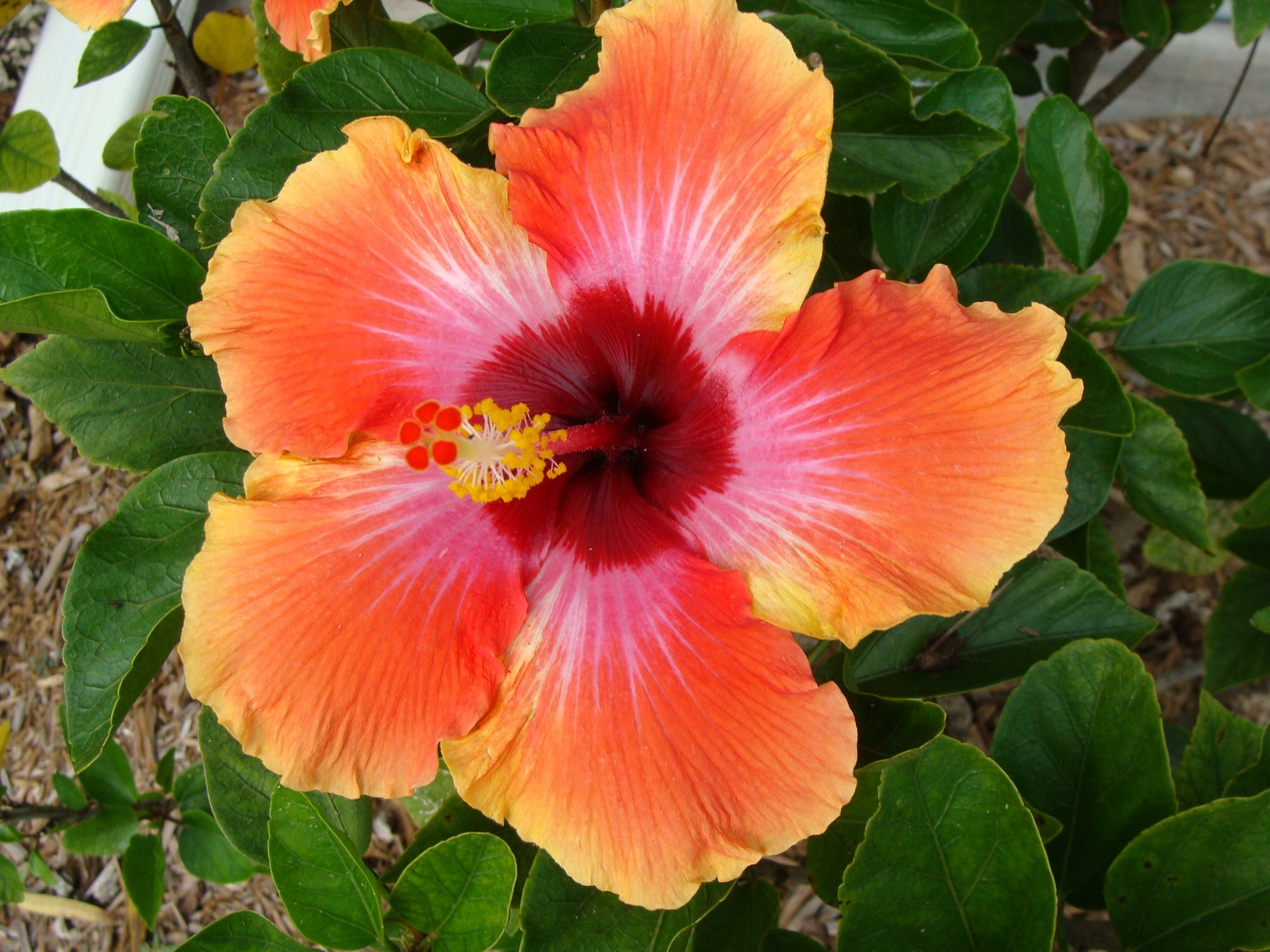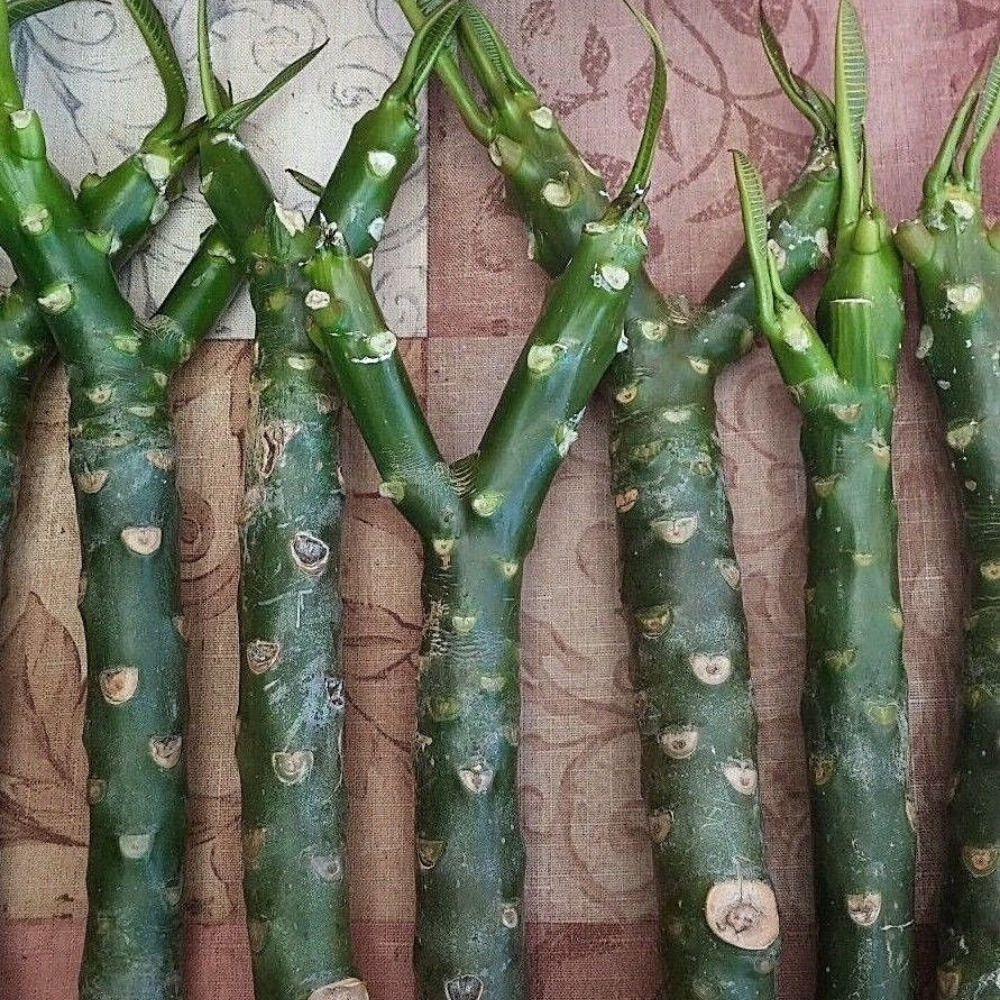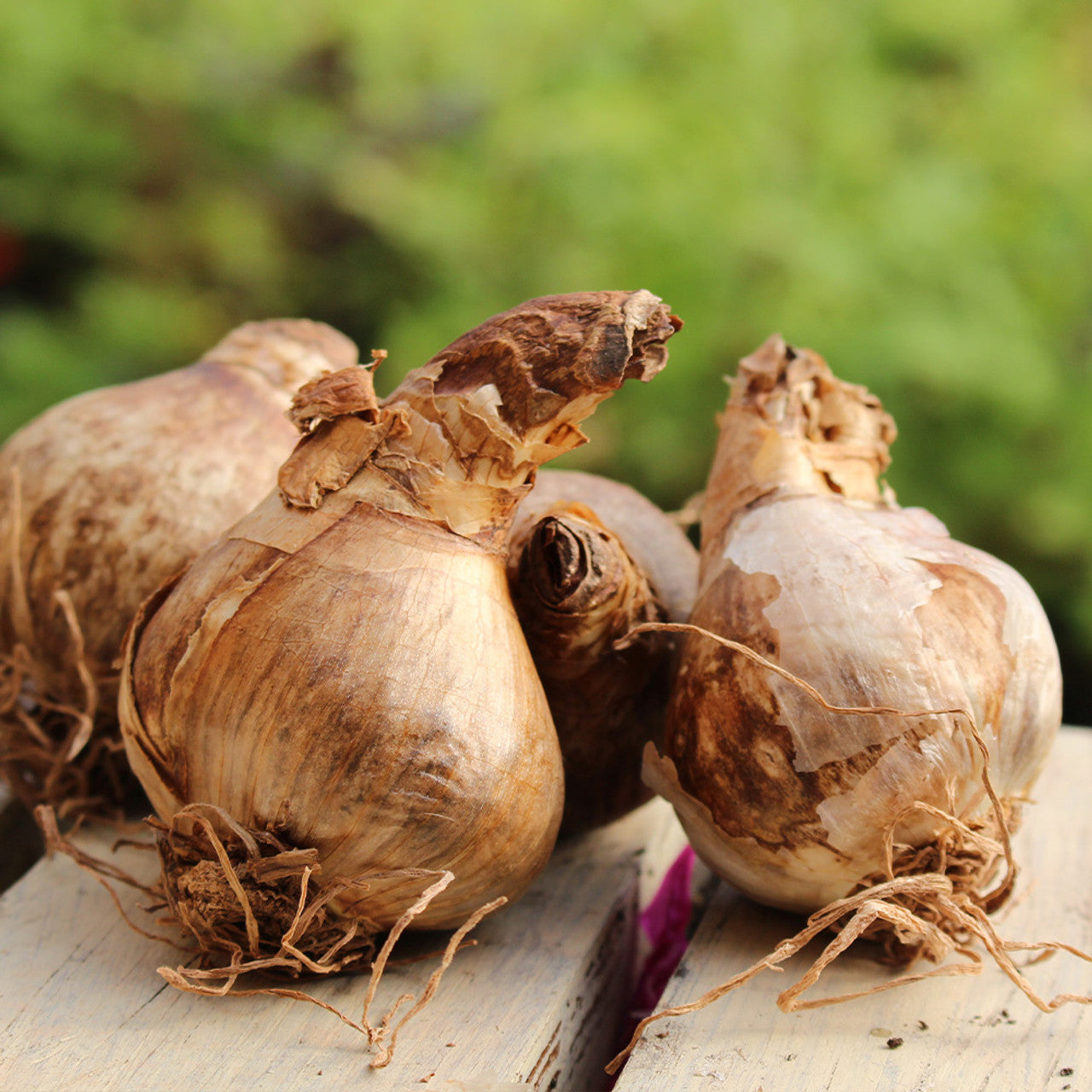Looking to add a tropical twist to your garden? The Strawberry Guava Tree (Psidium cattleianum) is an excellent choice for those seeking a hardy, low-maintenance fruit tree that yields delicious, aromatic fruit. Known for its vibrant color and tangy-sweet flavor, strawberry guava is a unique tropical treat that thrives in a variety of climates.
In this comprehensive guide, we’ll walk you through everything you need to know about the Strawberry Guava Tree, from planting and care tips to harvesting your fruit and troubleshooting common issues. Whether you're a seasoned gardener or a beginner looking to try your hand at growing tropical fruits, the strawberry guava tree is a rewarding choice.
What is the Strawberry Guava Tree?
The Strawberry Guava Tree, also known as Cattley Guava, is a small, evergreen tropical fruit tree that produces round, reddish or yellow fruit with a sweet, slightly tart flavor. This tree is native to the Amazon region of Brazil, but it has become popular worldwide due to its adaptability to a variety of climates and its small, delicious fruit.
The strawberry guava tree typically grows between 6 to 10 feet tall, with dense foliage and white, aromatic flowers that bloom in the spring. The fruit, which resembles a small guava or strawberry, has a soft, juicy interior with a distinctive, tropical taste. The tree is also prized for its hardiness and ability to thrive in areas with minimal care.
Key Benefits of the Strawberry Guava Tree
- Delicious, Sweet Fruit: The strawberry guava produces small, round fruit that is deliciously sweet with a slightly tangy edge. It can be eaten fresh, made into jams and jellies, or used in smoothies and desserts.
- Low Maintenance: This tree is relatively low-maintenance, making it a great choice for beginners or those who want to enjoy tropical fruit without the hassle of constant care.
- Adaptability: Strawberry guava trees are versatile and can thrive in a wide range of climates, including tropical, subtropical, and even some temperate areas with mild winters.
- Attractive Landscaping Tree: The strawberry guava tree’s dense foliage, fragrant flowers, and vibrant fruit make it a great addition to any landscape, adding both beauty and function.
- Wildlife-Friendly: The fruit is attractive to birds, making it a great choice for those looking to attract wildlife to their garden.
How to Grow a Strawberry Guava Tree
Growing a Strawberry Guava Tree is simple when you follow the right steps. Whether you’re planting it in the ground or in a container, the tree requires a few basic conditions to thrive.
1. Choosing the Right Location
Strawberry guava trees need a sunny spot with plenty of light. They do best in full sun, which means at least 6 hours of direct sunlight each day. Make sure the location has well-draining soil, as the tree is prone to root rot in waterlogged conditions. If you’re planting in a container, ensure that the pot has drainage holes.
2. Soil Requirements
This tree is not too particular about soil type, but it prefers slightly acidic to neutral soil with good drainage. You can amend the soil with organic compost to improve its texture and nutrient content. In containers, use a well-draining potting mix suitable for tropical plants.
3. Planting the Tree
If you’re planting a young strawberry guava tree, dig a hole that is about twice the size of the root ball. Gently place the tree in the hole, ensuring that the root collar (the point where the roots meet the stem) is level with the surrounding soil. Fill the hole with soil, firming it gently around the roots. Water thoroughly after planting.
4. Watering Needs
Strawberry guava trees prefer regular watering, especially during hot, dry periods. However, they don’t like to sit in water, so make sure the soil is well-drained. Water deeply but infrequently, allowing the soil to dry out between waterings. If you’re growing the tree in a container, make sure the pot has good drainage and avoid letting it sit in standing water.
5. Fertilization
To encourage healthy growth and fruit production, fertilize your strawberry guava tree with a balanced, slow-release fertilizer designed for fruit trees. You can also apply organic compost to add nutrients to the soil. Fertilize during the growing season (spring through summer) but avoid over-fertilizing, as this can lead to excessive leafy growth with few fruits.
6. Pruning
Pruning helps maintain the shape of the tree and encourages better fruit production. Remove any dead, damaged, or crossing branches, and thin the canopy to allow more sunlight to reach the interior. Pruning is best done after the fruiting season, as this allows the tree to focus on fruit production before its energy is directed towards growth.
7. Temperature and Humidity
Strawberry guava trees are tolerant of a range of temperatures but thrive best in mild to warm conditions. They prefer temperatures between 65°F and 85°F (18°C - 29°C) and can tolerate occasional light frost once mature. However, they should be protected from hard frosts, which can damage the tree. If you live in an area with cold winters, you may want to grow the tree in a container so it can be moved indoors during the winter.
Common Issues and How to Solve Them
Like all fruit trees, the strawberry guava tree can encounter a few common problems. Here are some issues you may encounter and how to solve them:
- Yellowing Leaves: This could be a sign of nutrient deficiency or overwatering. Check the soil drainage and consider applying a balanced fertilizer to replenish nutrients.
- Pests: Strawberry guava trees can attract pests like aphids, scale, and whiteflies. Treat infestations with insecticidal soap or neem oil to keep them under control.
- Fruit Drop: Excessive heat or poor watering practices can cause premature fruit drop. Ensure the tree is receiving adequate water and is protected from extreme temperature fluctuations.
Harvesting Strawberry Guava Fruit
The fruit of the strawberry guava tree typically ripens in late summer to fall. The fruit is ready to harvest when it turns a vibrant red or yellow color, depending on the variety. Simply pluck the fruit from the tree when it is fully ripe. The fruit can be eaten fresh, but it’s also commonly used to make jams, jellies, sauces, and juices. The seeds inside the fruit are small but edible.
Why Choose the Strawberry Guava Tree?
The strawberry guava tree is an excellent choice for gardeners looking for a low-maintenance, productive tropical fruit tree. Not only does it produce delicious, aromatic fruit, but it also adds visual appeal to your garden with its lush foliage and colorful fruit. Its adaptability to various climates and conditions makes it a great option for homeowners in both tropical and subtropical regions.
Growing a Strawberry Guava Tree can be a rewarding experience for gardeners of all skill levels. With the right care, this hardy and productive tree will provide you with an abundance of flavorful fruit, perfect for fresh eating or making delicious preserves. Whether you’re adding it to your garden or growing it in a container, the strawberry guava tree is an excellent way to bring tropical flavors to your backyard.
Start planting your Strawberry Guava Tree today and enjoy the sweet taste of homegrown tropical fruit in just a few years!



